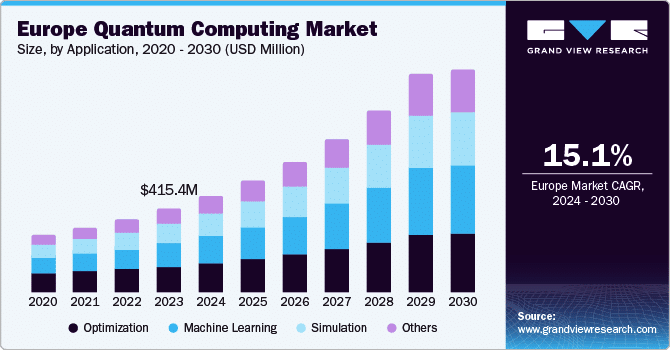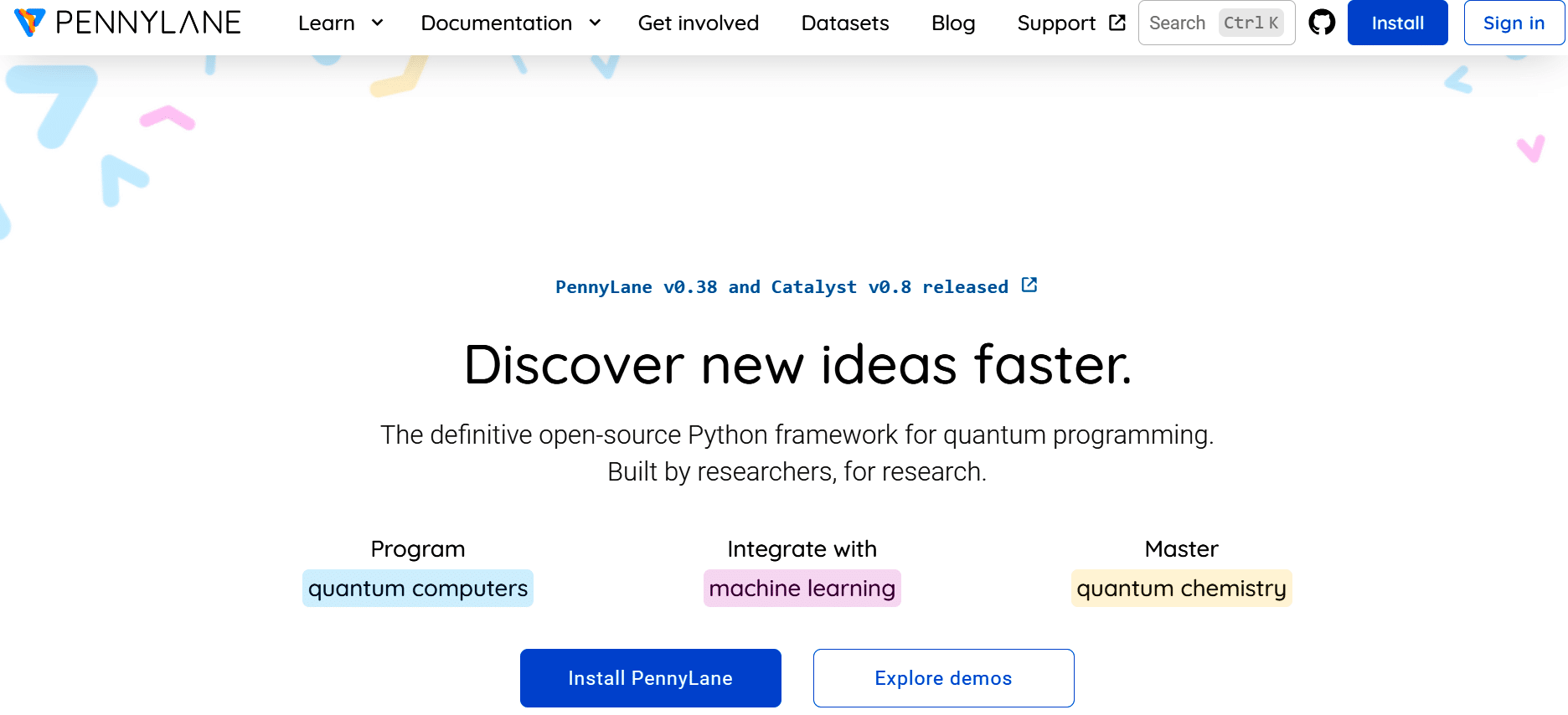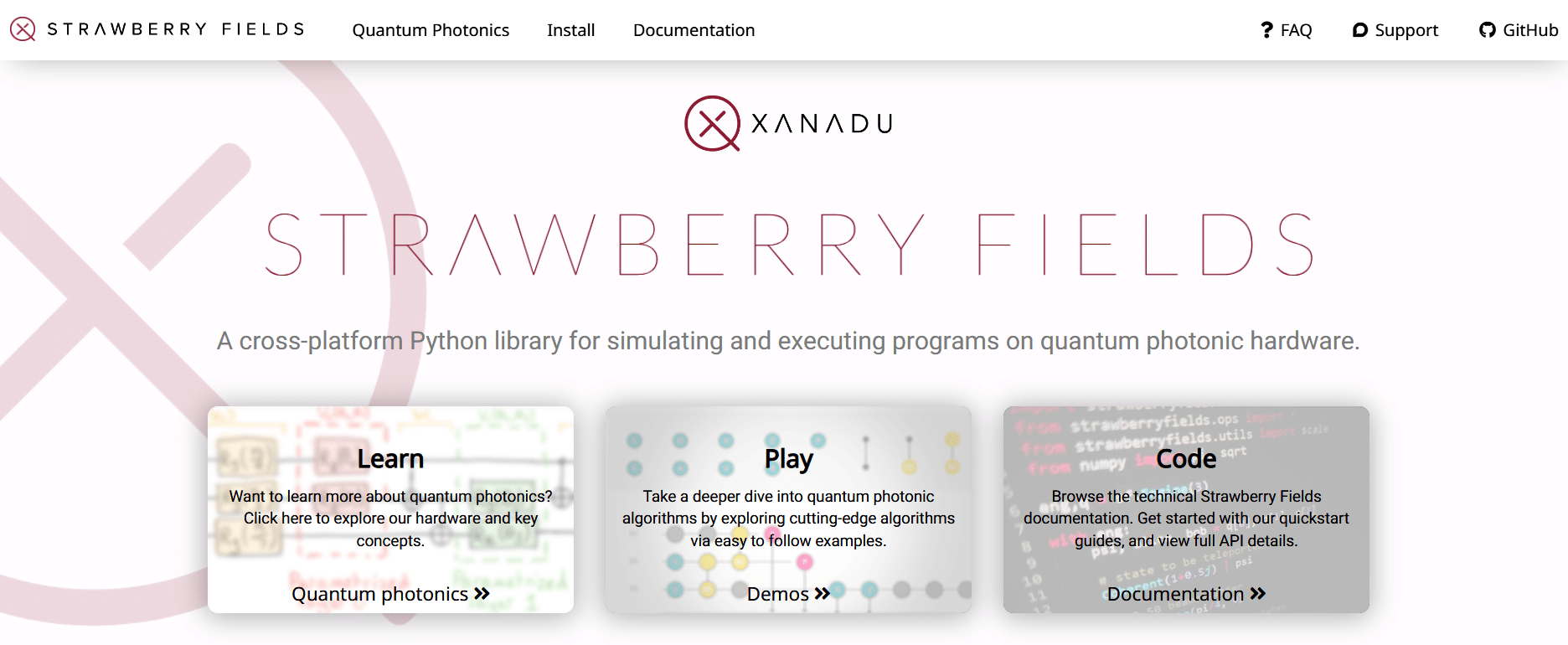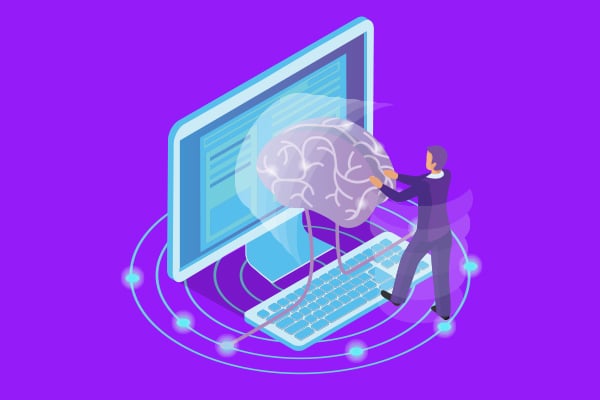Quantum machine learning is becoming increasingly popular due to its ability to solve the complex problems of the AI age. Here are a few open source libraries and frameworks that help with quantum computations.
Quantum computing is a key area of research and development nowadays in corporate as well as government projects. Traditional computations depend on bits that encode data in parallel conditions of 0s and 1s, while quantum systems use qubits that can exist in numerous states thanks to the features of superposition and entanglement. This ability empowers quantum computers to handle estimations of extraordinary intricacy, making them particularly appropriate for high performance applications like cryptography, drug discovery, complex numerical computations, healthcare, and more.
The worldwide quantum processing market is supposed to develop significantly over the next 10 years. IBM, Google, and D-Wave are the big companies working on various deployments and algorithms related to quantum models and applications. According to Grand View Research, the worldwide quantum computing market is projected to grow at a CAGR of 20.1% from 2024 to 2030. In another report by The Quantum Insider, the worldwide quantum sector could offer more than US$ 1 trillion to the world economy between 2025 and 2035. During this period, corporations in the quantum space are expected to get US$ 50 billion in income. This growth in quantum computing will enable about 250,000 new jobs by 2030, moving to 840,000 by 2035.
While this field is still in its development stages, the expected financial ramifications are critical. Specialists anticipate that as quantum computing develops, it will open new pathways for ventures, especially in regions requiring high-accuracy computations.

Quantum machine learning (QML)
Quantum machine learning (QML) is the key technology consolidating the standards of quantum mechanics with AI algorithms for information processing. The non-traditional properties of quantum computations like superposition, entanglement and quantum interference give huge computational edges, especially in handling and breaking down enormous, high-layered datasets that are intractable for classical computers. Consequently, QML is a likely answer for complex issues across different spaces, including cryptography, materials science, and artificial intelligence, where huge computational resources are essential.
QML is generating a lot of interest in contemporary research scenarios, with significant endeavours directed at creating quantum calculations that beat traditional calculations in speed and exactness. Analysts are especially keen on developing quantum-upgraded renditions of traditional AI implementations — for example, quantum support vector machines, quantum brain organisations, and quantum generative models. These quantum transformations reduce algorithmic intricacy and computational time, scoring heavily over traditional models. Nonetheless, critical difficulties remain, principally because of the ongoing equipment requirements of quantum PCs, which are defenceless to noise. This equipment insecurity convolutes the execution of quantum calculations, requiring thorough error rectification techniques.
Another research aspect in QML is the hybrid quantum-classical model, which uses traditional pre-processing and post-processing related to quantum tasks. This half-breed approach is significant as completely functional quantum computers are still being developed. Hence, hybrid QML models are empowering the research of quantum impacts in AI deployments.
Analysts are progressively aware that while QML guarantees extraordinary power in information handling, there are implications when it comes to hacking attempts using quantum computers and cyber threats. The combination of quantum computing with AI could impact areas like national security and medical services, bringing up fundamental issues about administrative oversight, moral use, and the democratisation of quantum innovation.
Key use cases of quantum AI
Finance: In finance, QML can help improve portfolio management dashboards, risk evaluation and fraud analysis. Quantum algorithms — for example, quantum-enhanced Monte Carlo simulations — empower quicker and more precise calculation of resource costs and chance variables, assisting in more educated and information-driven choices.
Healthcare: Medical care and drugs are key beneficiaries of QML, where its capacity to process and examine immense genomic, proteomic and clinical information empowers customised medication and diagnostics.
QML models can help analyse complex genetic or hereditary information, enabling more exact and individualised treatment options for patients. Quantum-controlled AI deployments can also speed up drug improvement.
Logistics and supply chain management: QML offers another way to deal with inventory management, stock administration, and demand forecasting. Quantum-enabled AI models can streamline logistics by assessing innumerable potential ways and setups, reducing travel costs, expenses, and carbon emissions. These models can aid continuous real-time demand prediction, assisting organisations with stock levels analysis.
Cybersecurity: QML can help identify cybersecurity threats and frauds. Quantum AI algorithms can analyse network information to identify the architecture, using which the root cause of an attack can be analysed.
Open source toolkits and frameworks for QML
PennyLane
https://pennylane.ai
PennyLane (Figure 2) is an open source programming library that coordinates quantum computations and algorithms with AI. It gives modules and blocks for building quantum circuits and running quantum algorithms while empowering the utilisation of high performance AI libraries. PennyLane is a cross-stage library in Python customised for programming quantum systems and uses a differentiable programming model.

The library lays out an association between quantum figuring and powerful AI systems — for example, NumPy autograd, JAX, PyTorch, and TensorFlow — permitting these structures to integrate quantum capacities.
Using PennyLane, quantum circuits can be executed on various test systems or equipment gadgets without requiring any major changes or customisation. It can be programmed with assorted libraries and cloud platforms for executing quantum circuits, including IBM Qiskit, Google Cirq, Rigetti and Xanadu Strawberry Fields.
TensorFlow Quantum
https://www.tensorflow.org/quantum
Developed by Google, TensorFlow Quantum is an expansion of the TensorFlow library that works with the making of quantum AI models. It allows the flawless implementation of quantum computations and models for different applications in real world domains.
Qiskit
https://www.ibm.com/quantum/qiskit
Qiskit is an open source quantum processing platform developed by IBM for making, reproducing, and executing quantum calculations. Qiskit ML is a segment of the Qiskit architecture and is explicitly customised for applying quantum algorithms to AI domains.
Strawberry Fields
https://strawberryfields.ai/
Developed by Xanadu, Strawberry Fields (Figure 3) is a quantum computing library focused on photonic quantum circuits. It is designed for quantum machine learning and quantum optics applications. The toolkit includes built-in functions for quantum algorithms, making it suitable for exploring quantum-enhanced machine learning methods.

QuTiP
http://qutip.org
The Quantum Toolbox in Python (QuTiP) is a versatile tool for simulating quantum systems. While it focuses on quantum dynamics and quantum optics, it can also be leveraged for QML by simulating quantum states and operations, thus supporting research in quantum-enhanced machine learning.
OpenFermion
https://quantumai.google/openfermion
This is an open source library for quantum computing in the context of quantum chemistry and fermionic systems. It integrates with other quantum computing frameworks and provides tools for simulating quantum algorithms relevant to machine learning tasks, particularly in materials science and chemistry.
ProjectQ
https://projectq.ch
ProjectQ is an open source quantum computing framework that allows users to implement quantum algorithms in Python. It provides a powerful interface for developing quantum programs and can be interfaced with existing quantum hardware and simulators. ProjectQ supports various applications, including quantum machine learning tasks, by enabling users to create and manipulate quantum circuits easily.
TensorNetwork
https://tensornetwork.org/
TensorNetwork is a library designed for the manipulation and contraction of tensor networks, which are critical for many quantum machine learning algorithms. The library is flexible and integrates well with existing machine learning frameworks, allowing researchers to explore new algorithms and models based on tensor network methods in quantum contexts.
These toolkits collectively represent a diverse set of resources available for researchers and practitioners interested in exploring the intersection of quantum computing and machine learning, facilitating innovation and experimentation in this rapidly evolving field.
The scope of QML is tremendous and diverse, enveloping a wide cluster of disciplines and applications. The teaming up of QML with classical AI structures opens doors for hybrid models that consolidate the qualities of the two standards. As businesses progressively perceive the capability of quantum registering, cooperative endeavours between academicians and industry will expand, driving pragmatic QML applications.
















































































